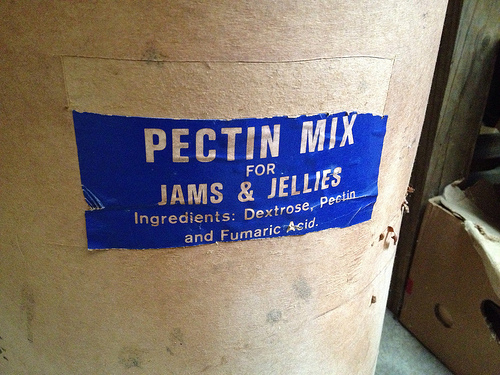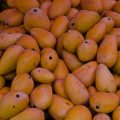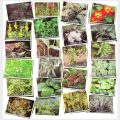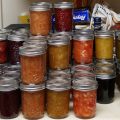Apple and citrus, among other plants, contain large amounts of pectin. Pectin is a naturally occurring polysaccharide found in berries, apples, and other fruits. Consumption of pectin has been shown to reduce blood cholesterol levels

As a group of carbohydrates, pectin is used mainly as a pharmaceutical ingredient in drug suspension and emulsion, wound-healing preparations, medical and denture adhesives, and even in lozenges.
In cosmetics, it is used as a stabilizer, as a natural texture powder for paste, ointment, oils, and creams. Pectin is also used in hair tonic, shampoo, and body lotion. It is also safe as a food additive in jams, jellies, marmalades, yogurts, and baked products.
In a project “Utilization of mango peels as source of pectin,” the Philippine ‘carabao’ mango was found to contain high pectin.
The study was a joint undertaking of the Department of Agriculture’s Philippine Center for Postharvest Development and Mechanization and the Department of Science and Technology’s Industrial Technology Development Institute.
Conducted by Ma. Cristina B. Gragasin, Aileen R. Ligisin, Rosalinda C. Torres, and Romulo R. Estrella, the project was conceptualized as an earth- and money-saving research.
The research significantly provided a unique extraction process ideal for pharmaceutical grade pectin production from mango peels. With this technology, the use of waste will not only increase resource efficiency and lessen garbage problem, but will also provide the opportunity for the Philippines to be a major pectin exporter if all the projected mango peels at the mango processing plants can be used.
Gragasin, the project’s lead researcher, said that, “the production of pectin from mango peels is both technically and economically feasible, therefore, local production of pectin from mango peels is a promising venture”.
She added that in every 5 kilograms of carabao mango peel as raw material, a 20% recovery or 1 kilogram of pectin can be produced through an extraction process where mango peels are dissolved in acidified water and subjected to alcohol precipitation.
In 2011, data from the Department of Trade and Industry showed that the Philippines imported about 95 kilos of pectin valued at about $52.4 million. The cost of imported pectin is estimated at around P27,000 per kilogram.
Based on the results, Gragasin said that the cost to produce one kilogram of pectin from mango peels at the laboratory was only P5,668, which was way cheaper than the imported pectin.
With this laboratory result, Gragasin’s team is optimistic that commercial-level utilization of mango peels for pectin will be beneficial to the industry.
The project won first place in the research category of the recently held National Symposium on Agriculture and Aquatic Resources Research and Development (NSAARRD).
NSAARRD is one of PCAARRD’s initiatives to showcase the most outstanding contributions of individuals and institutions in the improvement of the agriculture, aquatic, and natural resources sectors through R&D.





